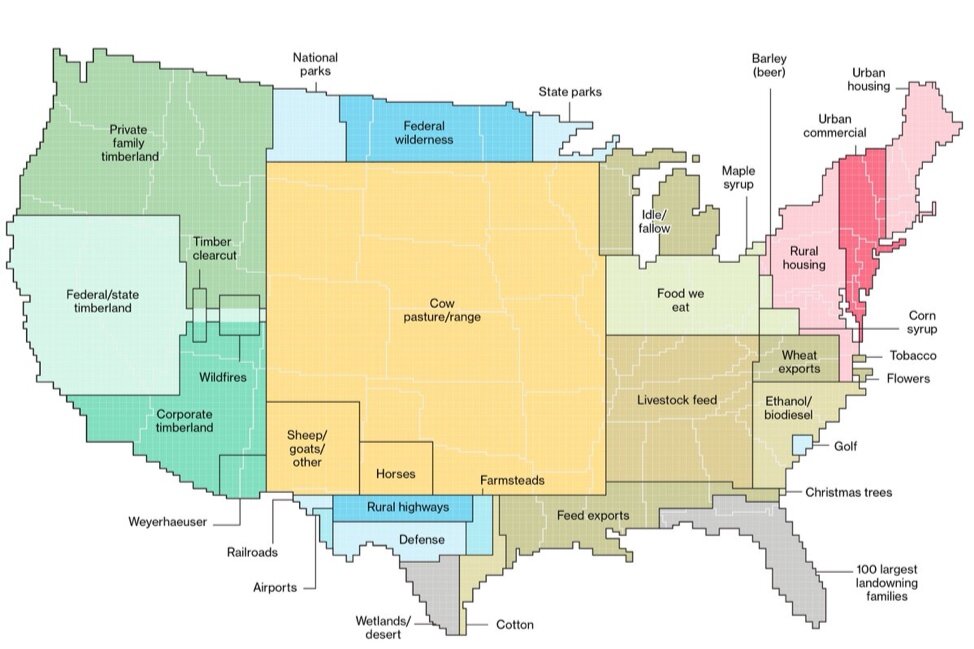
NEWS & INFORMATION

A West Texas Roadmap for Mitigating the Impacts of Energy Development
If Americans are going to make a dent in reducing carbon emissions — and polling suggests they want to — they are going to have to grapple with the tradeoffs required. An effort in West Texas offers a roadmap for helping people work through the issues.

The Future of Renewable Energy is Playing Out in West Texas
In West Texas, a team of scientists and outreach professionals brought together private landowners, elected officials, energy companies, community members and others to develop a blueprint for producing energy while preserving the conservation values important to rural communities.

Opportunity in Adversity: A New Approach to Energy in Texas
Optimism in West Texas is in short supply these days. But a look back at our recent history of energy booms and busts reveals a lesson in finding opportunity through adversity – and a possible path forward through difficult times.

Sustainable Development Must Account for Pandemic Risk
The United Nations (UN) launched the 2030 Agenda for Sustainable Development to address an ongoing crisis: human pressure leading to unprecedented environmental degradation, climatic change, social inequality and other negative planet-wide consequences. This crisis stems from a dramatic increase in human appropriation of natural resources to keep pace with rapid population growth, dietary shifts toward higher consumption of animal products and higher demand for energy. There is an increased recognition that Sustainable Development Goals (SDGs) are linked to one another, and priorities such as food production, biodiversity conservation and climate change mitigation cannot be considered in isolation.

“Energy Sprawl” Threatens Texas’ Wide-Open Spaces
The landscapes of West Texas, like much of the western United States, are iconic — home to working cowboys, open spaces and some of the most intact landscapes remaining on the North American continent. As domestic and international energy usage continues to rise, this region has become the center for America’s energy future. At the same time, will local communities have a say in the fate of their land?

On His 100th Birthday, George Mitchell Would Have Been Astounded by What His Fracking Technology has Wrought
Texas is the only energy-producing state without systematic laws, regulations or incentives to protect land resources and surface owners from damages caused by energy development.

This Land is Your Land: The U.S. Energy Landscape
A recent Bloomberg article (Here’s How America Uses Its Land) broke down how the United States is carving up the 1.9 billion-acre land mass of 48 contiguous states into a collage of cities, farms, forests, and pastures that we use to feed ourselves, and create value for business and recreational use.

Addressing the Interconnected Issues of Energy Sprawl
In a so-called post-truth era, we are actually collecting more data on a wider variety of factors than ever before. These data sources can—and should—help us to make better decisions on a range of comprehensive issues.

The Oilman Who Loved Sustainable Energy
The list of words describing Mitchell is lengthy — oilman, philanthropist, developer, sustainability pioneer, environmentalist, entrepreneur, futurist, Renaissance man, visionary. Some of the labels seem contradictory because Mitchell was a man of incongruous passions.

Conserving the Last Frontier: The Case for the Trans-Pecos
If Texas were a sovereign country, it would rank as the tenth largest economy in the world, with a GDP of $1.7 trillion. Texas also ranks highest among states in the United States for business. In fact, Texas has added 350,000 jobs in the past year (one in seven new jobs in the U.S. were in Texas). Texas’ strong economy is married to the current energy boom in Texas. Major oil and gas formations in Texas include the Barnett, Eagle Ford, Haynesville, and Permian Basin. The Permian Basin alone is projected to exceed Saudi Arabia in production by 2023.

